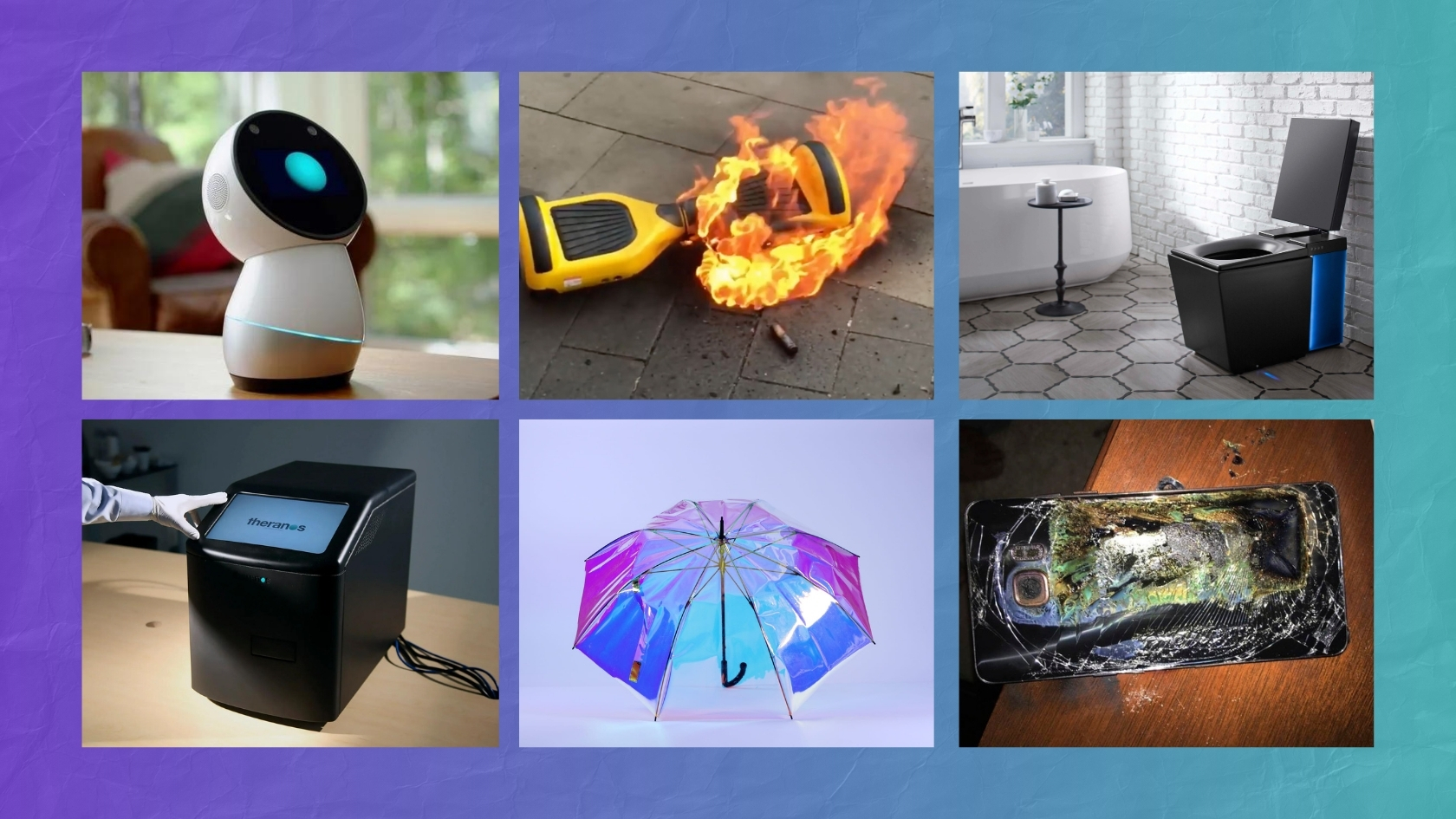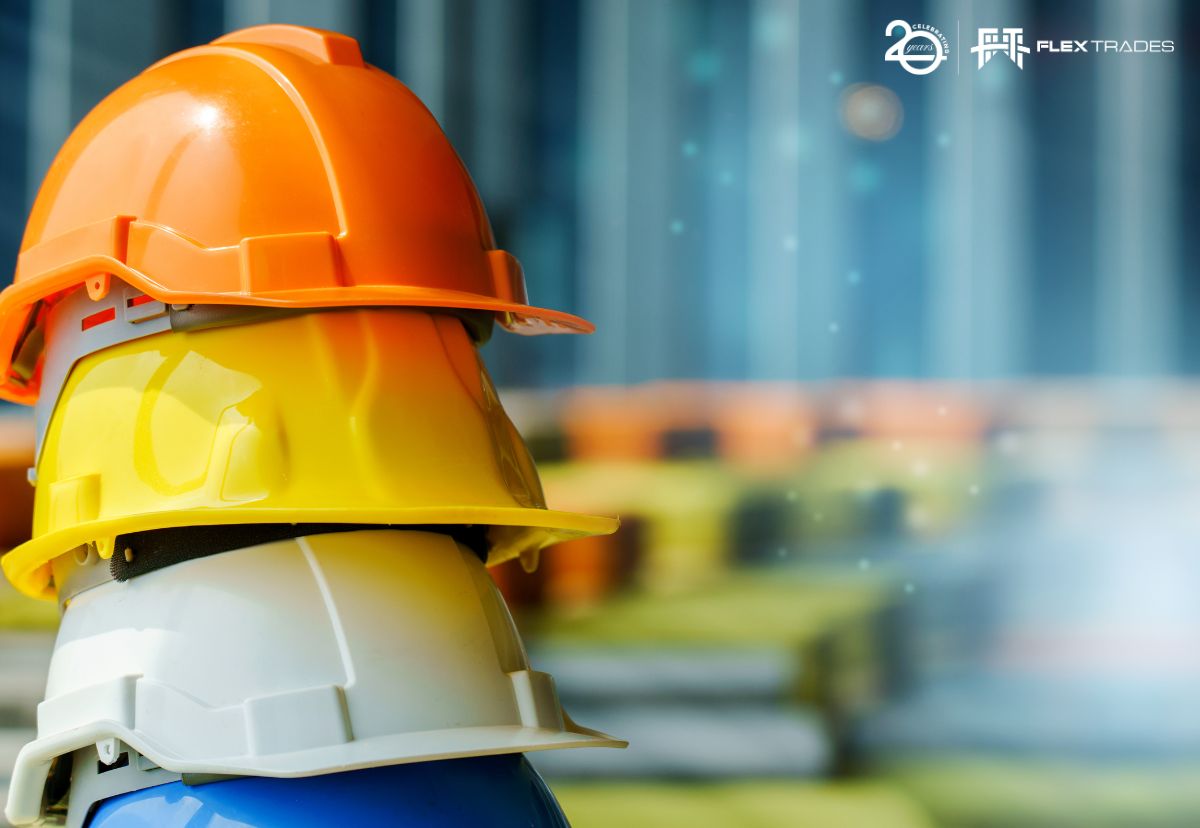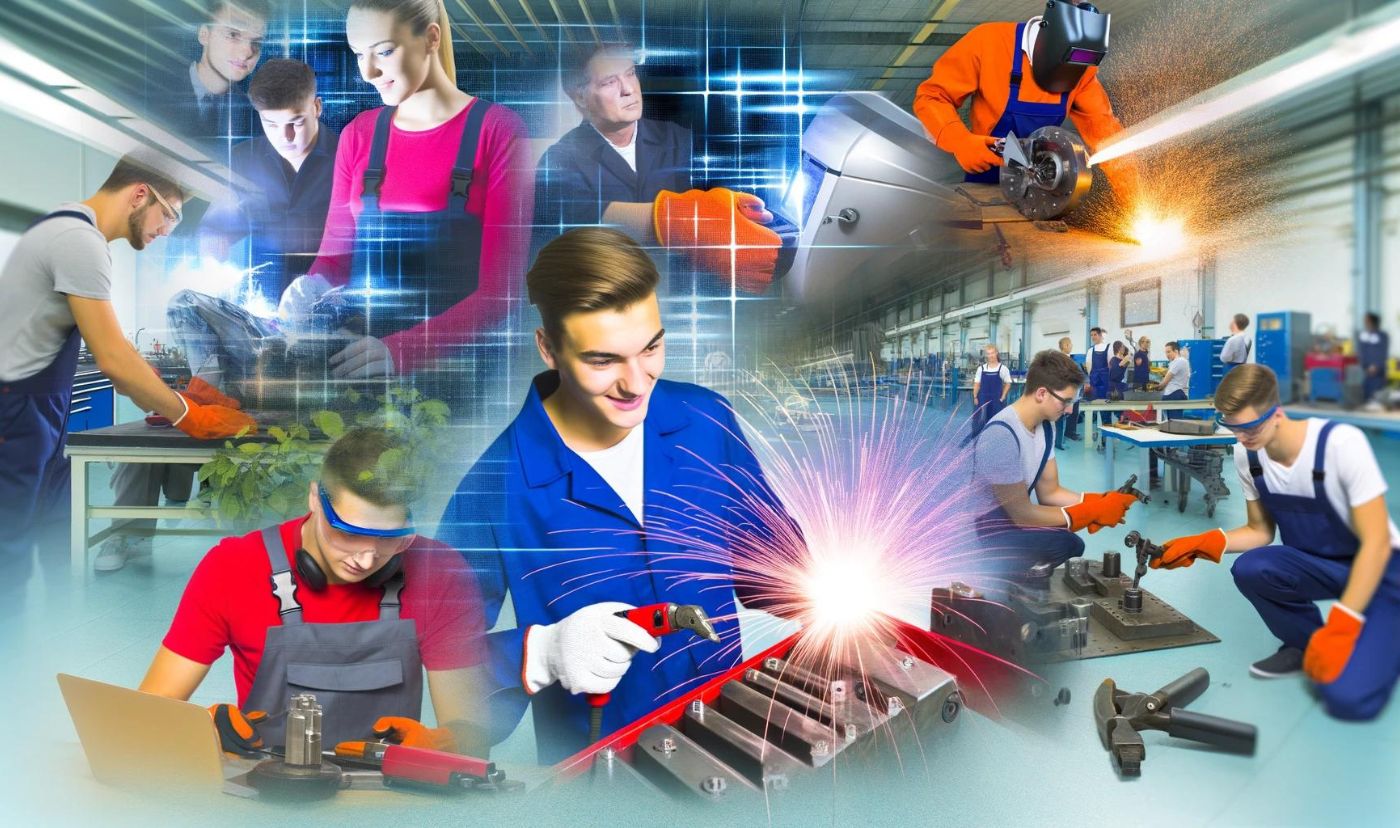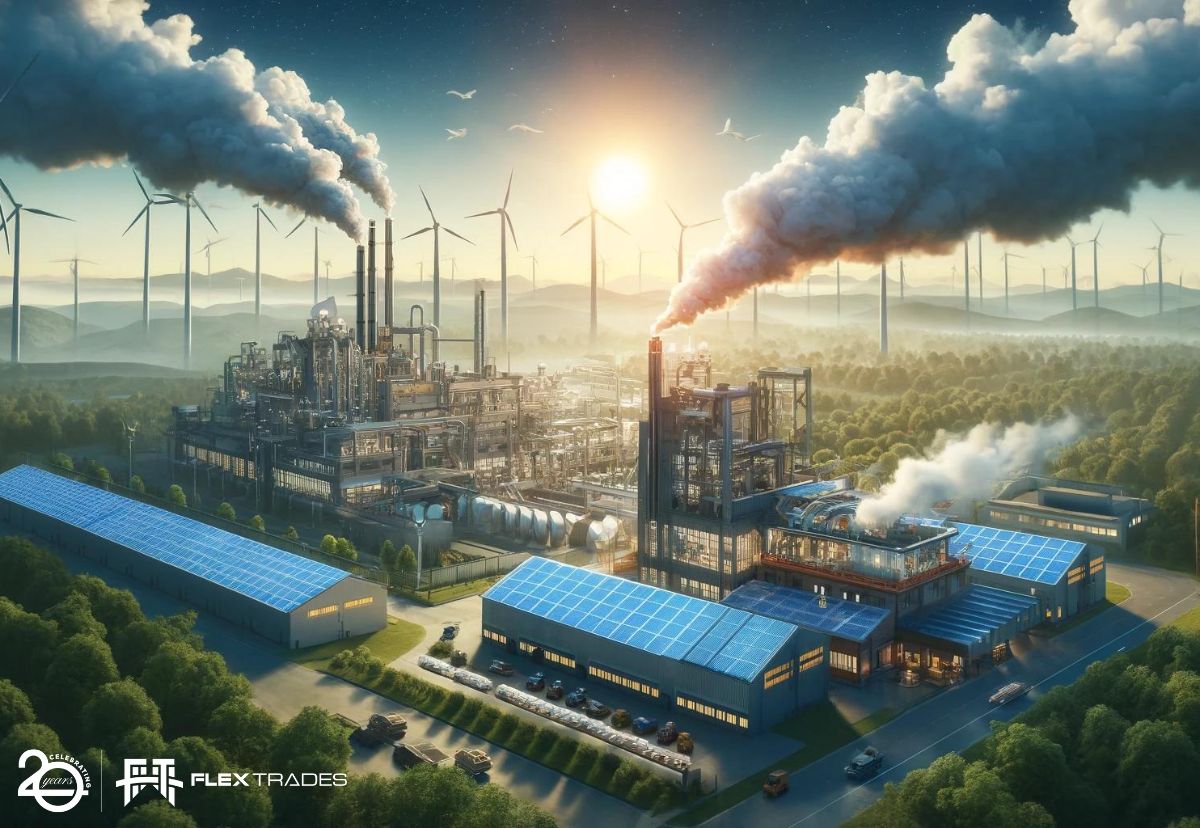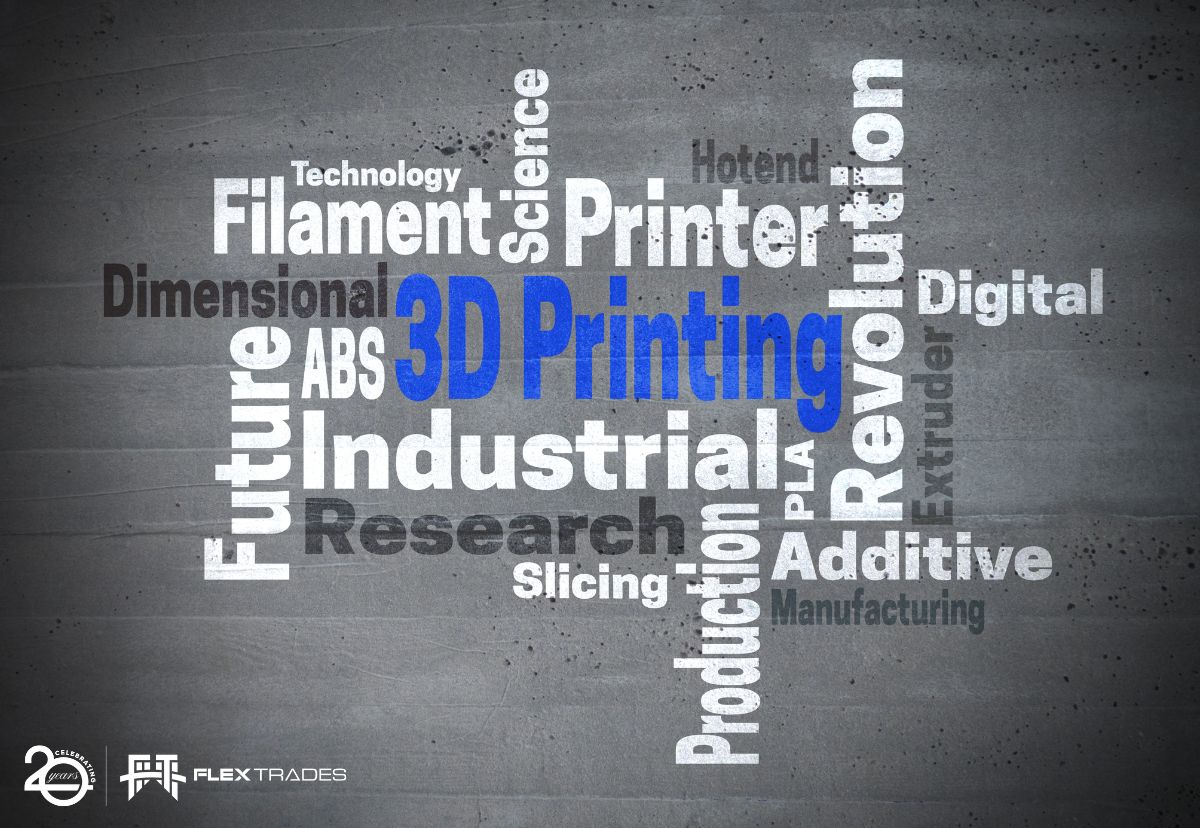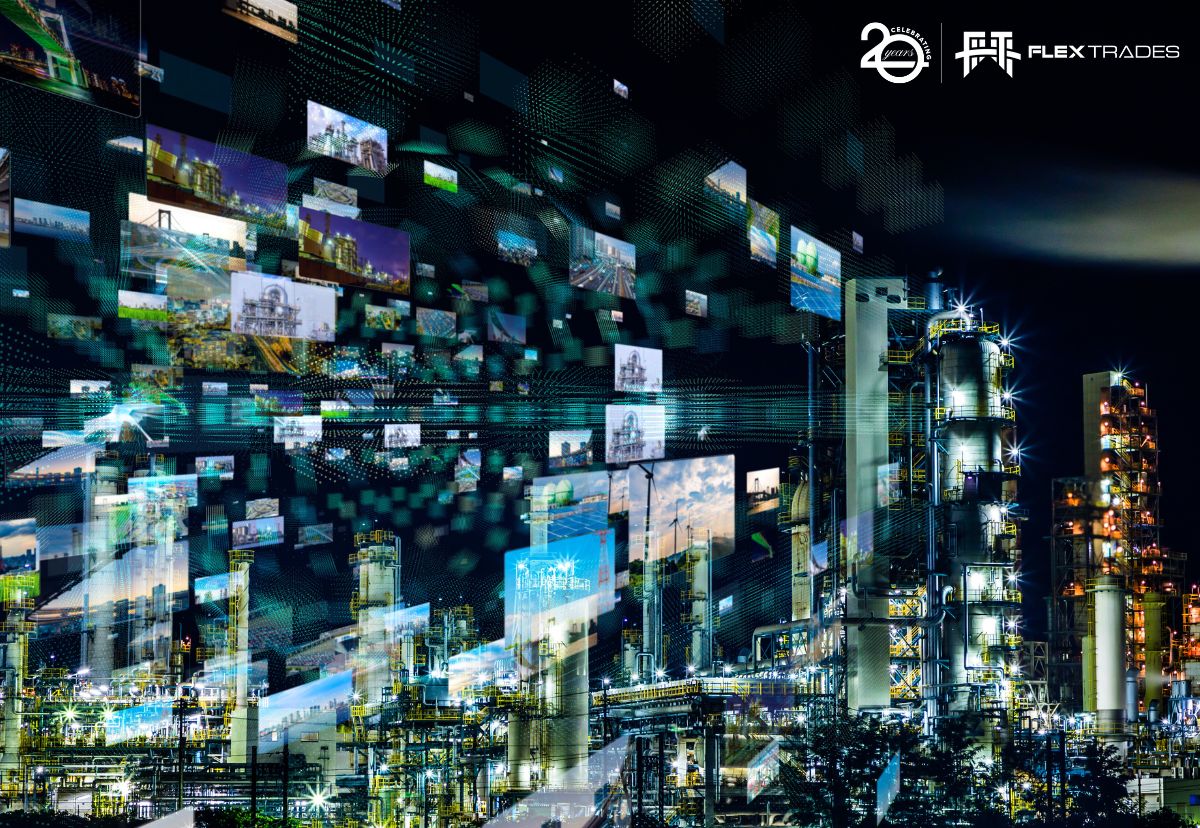As a content creator for FlexTrades, it’s my pleasure to present a blend of humor, snark, and frustration with the top 10 worst American inventions of the past decade. These gadgets and ideas make us wonder, “What were they thinking?” Let’s dive in.
Read More: Top 10: American Inventions & Seven Female Inventors Whose Ideas Changed the World
1. The Juicero (2016)

Inventor: Doug Evans
Why It’s Bad: Imagine paying $400 for a juicer that requires Wi-Fi to function, only to find out you could achieve the same result by squeezing the juice packs with your bare hands. It’s the ultimate symbol of Silicon Valley’s knack for solving problems that don’t exist. Spoiler alert: it didn’t last long, but the memes will live forever.
2. Google Glass (2013)

Inventor: Google X (now X Development LLC)
Why It’s Bad: Ah, Google Glass—the gadget that made you look like a cyborg and alienated you from polite society. This wearable tech was supposed to make us all feel futuristic but ended up being an expensive way to invade privacy and get weird looks. If you wanted to be labeled a “Glasshole,” this was your golden ticket.
3. Hoverboards (2015)

Inventor: Shane Chen (original design)
Why It’s Bad: Hoverboards were the must-have gadget that promised to make us all look cool while zipping around town. Instead, they made headlines for spontaneously combusting and sending users flying. Banned from airlines and sidewalks alike, these rolling fire hazards turned a hot trend into a literal hot mess.
4. Samsung Galaxy Note 7 (2016)

Inventor: Samsung
Why It’s Bad: Samsung’s Galaxy Note 7 was the explosive device you didn’t want in your pocket. With batteries prone to catching fire, it was more likely to land you on a no-fly list than help you multitask. The recalls and bans turned this “must-have” gadget into an infamous pyrotechnic display.
5. Amazon Fire Phone (2014)
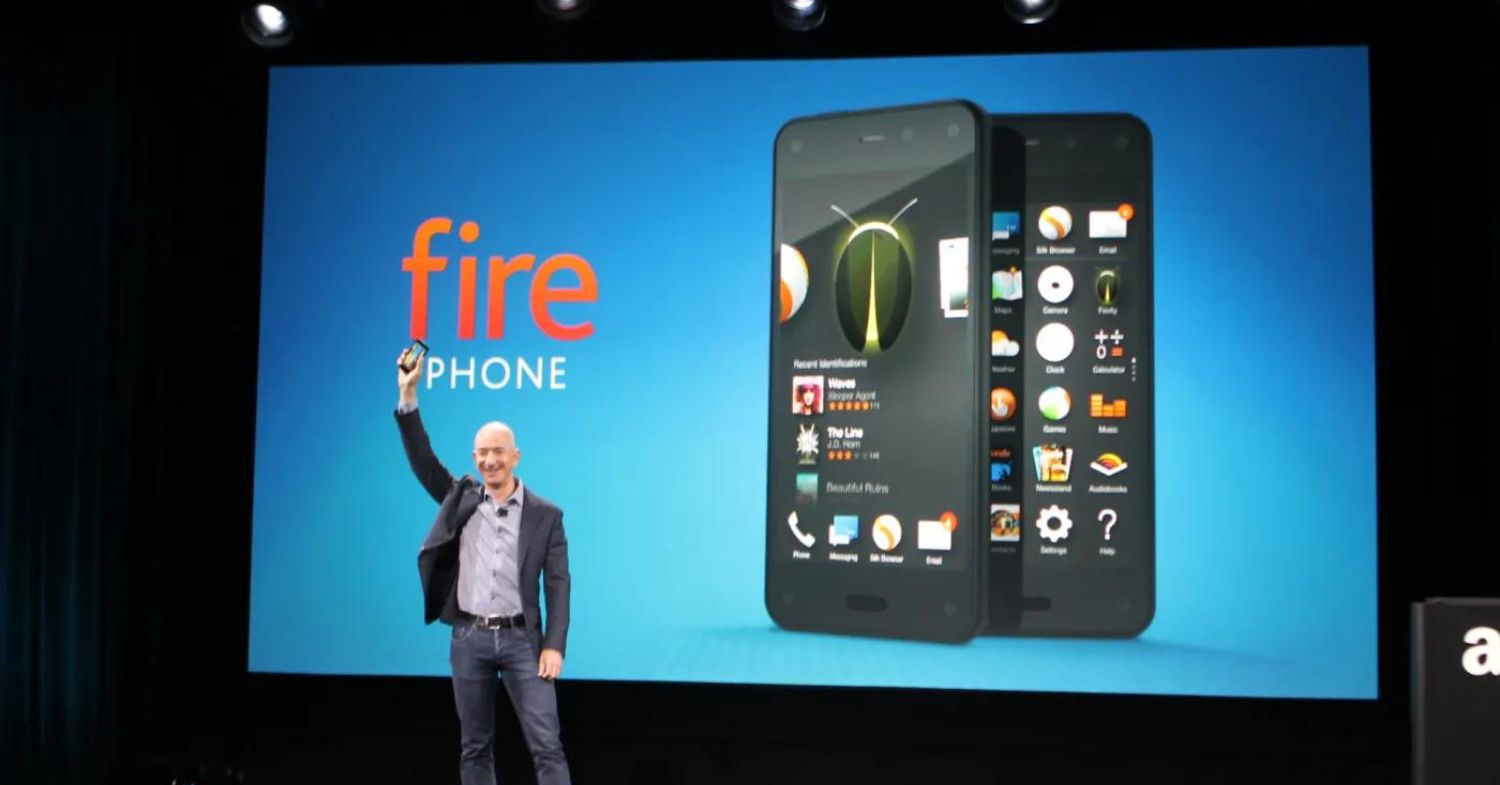
Inventor: Amazon
Why It’s Bad: Amazon’s Fire Phone had all the gimmicks and none of the substance. It boasted 3D visuals and a dedicated button for Amazon shopping, but lacked essential apps and usability. It’s a classic case of trying too hard to be different and ending up on the clearance rack.
6. Theranos (2003-2018)
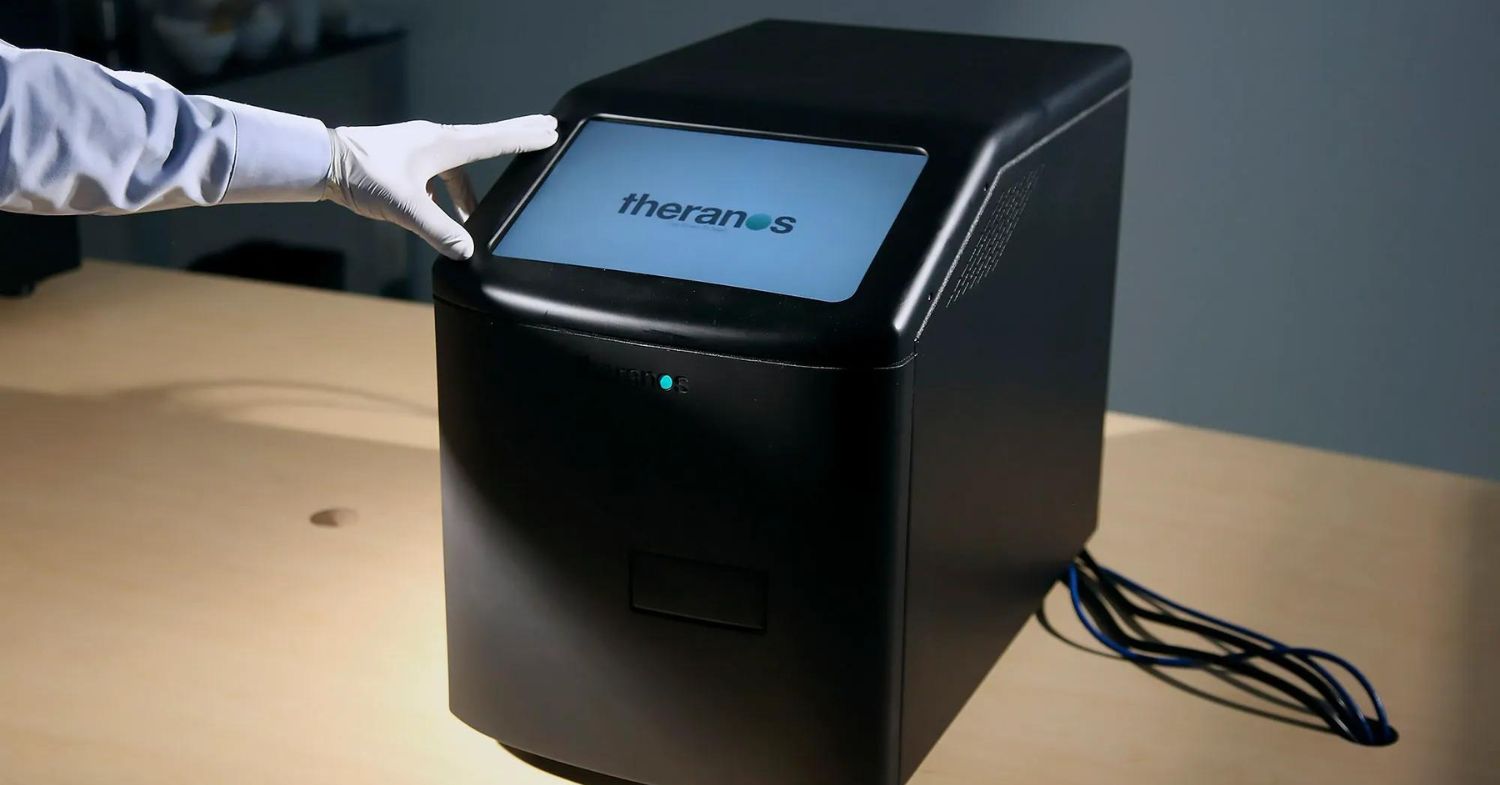
Inventor: Elizabeth Holmes
Why It’s Bad: Theranos promised to revolutionize healthcare with just a drop of blood. Instead, it delivered one of the biggest frauds in Silicon Valley history. Faulty tech and deceit put patients at risk and turned its founder into a cautionary tale about the dangers of unchecked ambition.
7. Oombrella (2016)

Inventor: Wezzoo
Why It’s Bad: The Oombrella was marketed as a “smart” umbrella that could notify you of weather conditions. Apparently, checking your phone was too much effort. It was an overpriced, over-engineered gadget that solved a non-existent problem. Thanks, but I’ll stick to my regular old dumb umbrella.
8. Quibi (2020)

Inventor: Jeffrey Katzenberg and Meg Whitman
Why It’s Bad: Quibi aimed to change the way we consumed media with short, mobile-focused videos. Despite a high-profile launch, the lack of compelling content and the audacity to charge for something we get for free on YouTube led to its rapid demise. It was a billion-dollar idea that flopped faster than its 10-minute episodes.
9. Kohler Numi Toilet (2018)

Inventor: Kohler
Why It’s Bad: The Numi is a toilet that costs over $6,000 and comes with features like a heated seat, foot warmer, and built-in speakers. While it might be the throne of your dreams, most people found it ridiculously overpriced for a place to do their business. It’s a royal flush of money down the drain.
10. Jibo Robot (2017)

Inventor: Cynthia Breazeal
Why It’s Bad: Jibo was designed to be your friendly home robot. Despite its charming personality, it couldn’t do much beyond turning its head and making small talk. For its hefty price tag, you’d expect a lot more functionality. Instead, it quickly became a fancy paperweight with a cute face.
That’s a Wrap
And there you have it—the crème de la crème of American ingenuity gone awry. These inventions remind us that not every idea is a winner, and sometimes, even the best intentions can lead to the most spectacular failures. Here’s to hoping the next decade of innovation brings us fewer flops and more triumphs. Remember, folks, if at first you don’t succeed, maybe check if your invention really needs Wi-Fi. Until then, we’ll be here, ready to laugh at the next big flop.

